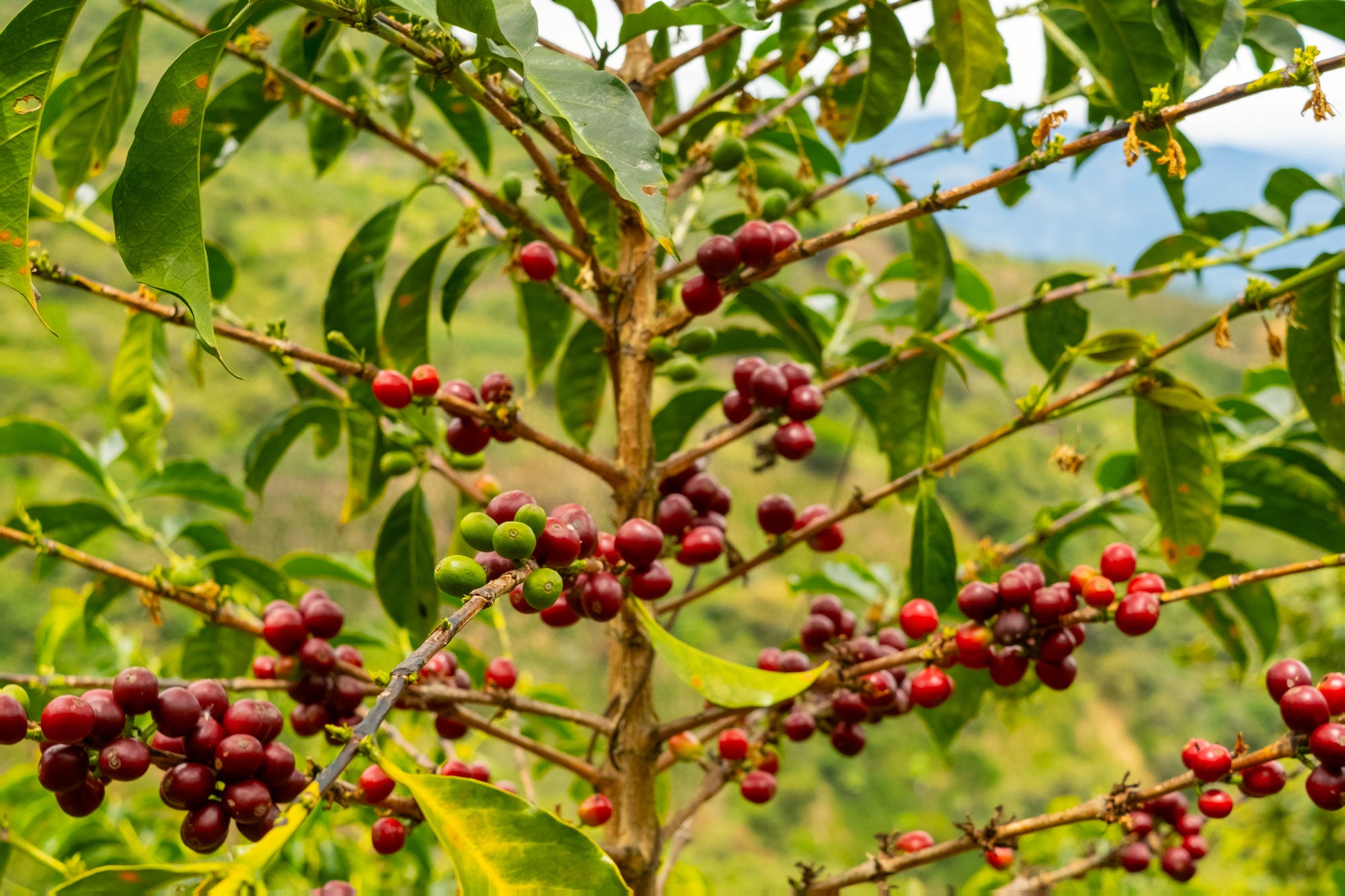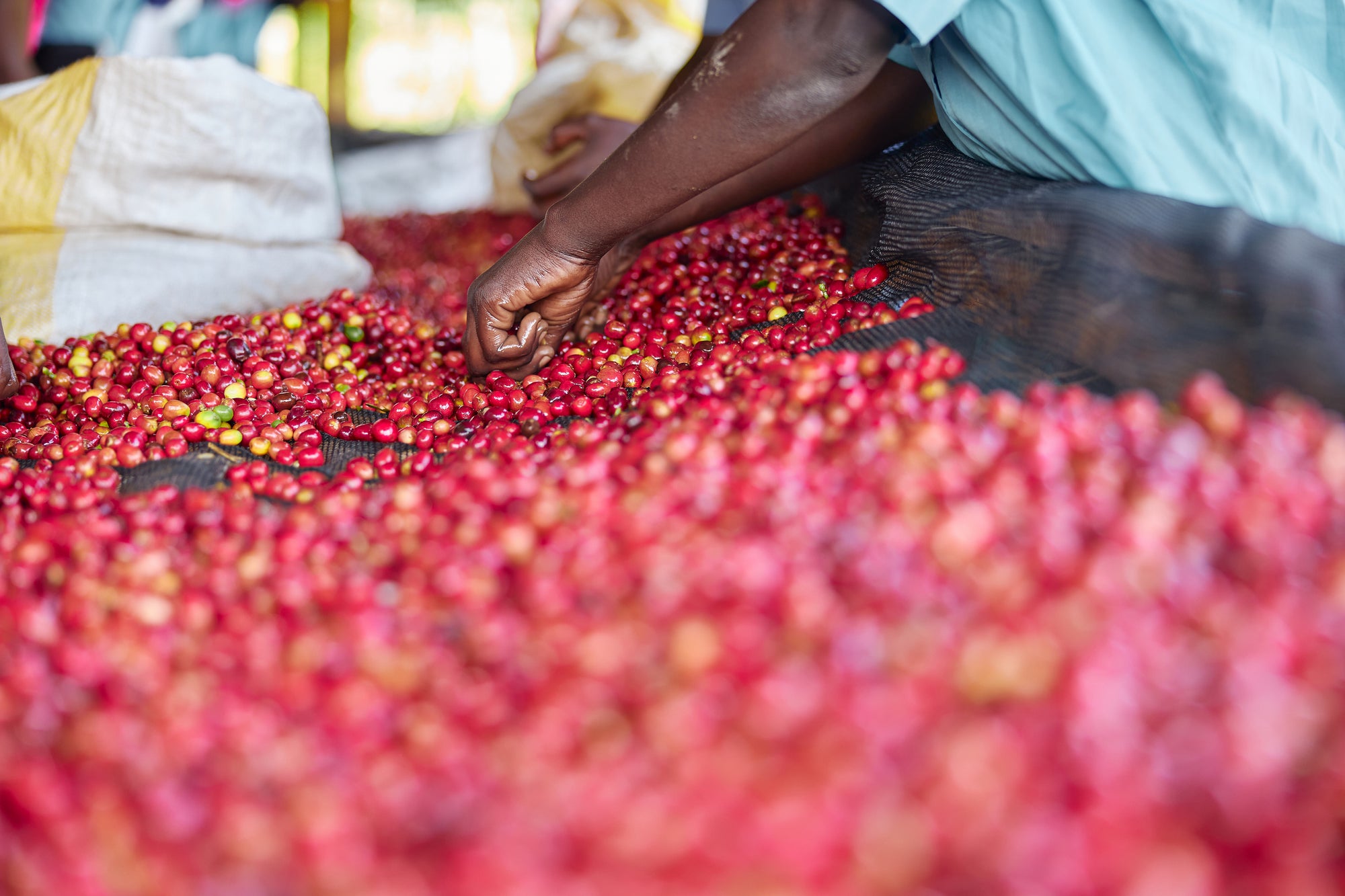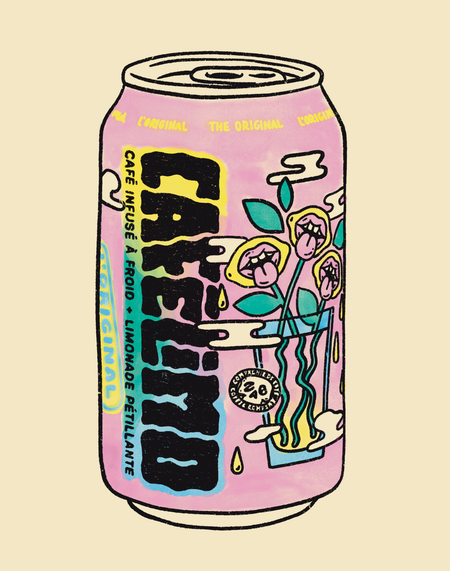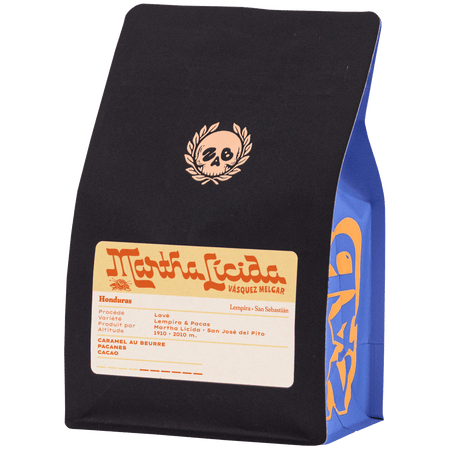
Varietals
Discussing coffee varietals is akin to talking about apple varietals. Just as there are Galas, Granny Smiths, Macintoshes, each with a distinct flavour and texture, coffee cultivars follow a similar concept. While all varietals taste like coffee, different cultivars present unique flavour profiles.
When we approach the question of varietals, a fundamental distinction emerges: Arabica vs Robusta, two distinct varietal families. In the field of specialty coffee, the majority of varietals presented are Arabicas. The reason is simple: the aromatic profile of Arabica is much more interesting and complex than that of Robusta. Robusta, often associated with commercial or lower quality coffee, however, has significant advantages. This is a varietal family that grows more readily than its Arabica counterpart, being able to grow at lower altitudes, with fewer nutrients and in full sun. It also produces more coffee cherries per tree and is more resistant to diseases affecting coffee plants. On the other hand, Arabica requires more specific care and environment to grow well. Arabica coffee is then divided into a rather impressive range of different cultivars. Many of these were created by crossing different varietals, while others are mutations that occurred completely naturally on coffee plantations.
Varietals are frequently intricately tied to their country of origin. Coffee, with its origins in Ethiopia and surrounding regions, saw naturally grown coffee varietals selected and exported to all other coffee-producing countries, beginning in the 17th century. Over time, these varietals evolved in their specific producing country and several others have been developed to adapt to climatic conditions, facilitate cultivation or even improve coffee quality. However, this does not mean that varietals remain confined to a single producing country. On the contrary, it is common to find the same varietal in different countries. It is crucial to note that terroir greatly influences coffee's taste; the same varietal can therefore have very different flavours depending on where it is grown.

Coffee producers often choose varietals based on the optimal growing conditions of their land. Some thrive at higher altitudes, while others are more susceptible to country-specific diseases; some varietals also have a higher cherry yield than others.
It is also interesting to observe hybrid coffee varietals which result from crosses between Arabica and Robusta. When these crosses are carried out with finesse, it becomes possible to preserve the aromatic characteristics specific to Arabica coffee, while benefiting from the substantial advantages of robusta, such as its resistance to coffee diseases and its much higher yield. This phenomenon holds significant importance in a world where climate change and rising production costs profoundly impact the livelihoods of coffee producers.
Therefore, when selecting coffee, take the time to note the different varietals. By paying attention, you will notice trends associated with producing countries, and with time, you'll develop the ability to identify specific popular varietals and their impact on the taste of the coffee in your cup. Have fun exploring the wide range of coffee flavours!






